Across the Maldirach" the a11y adventure
Published on 2025-05-02
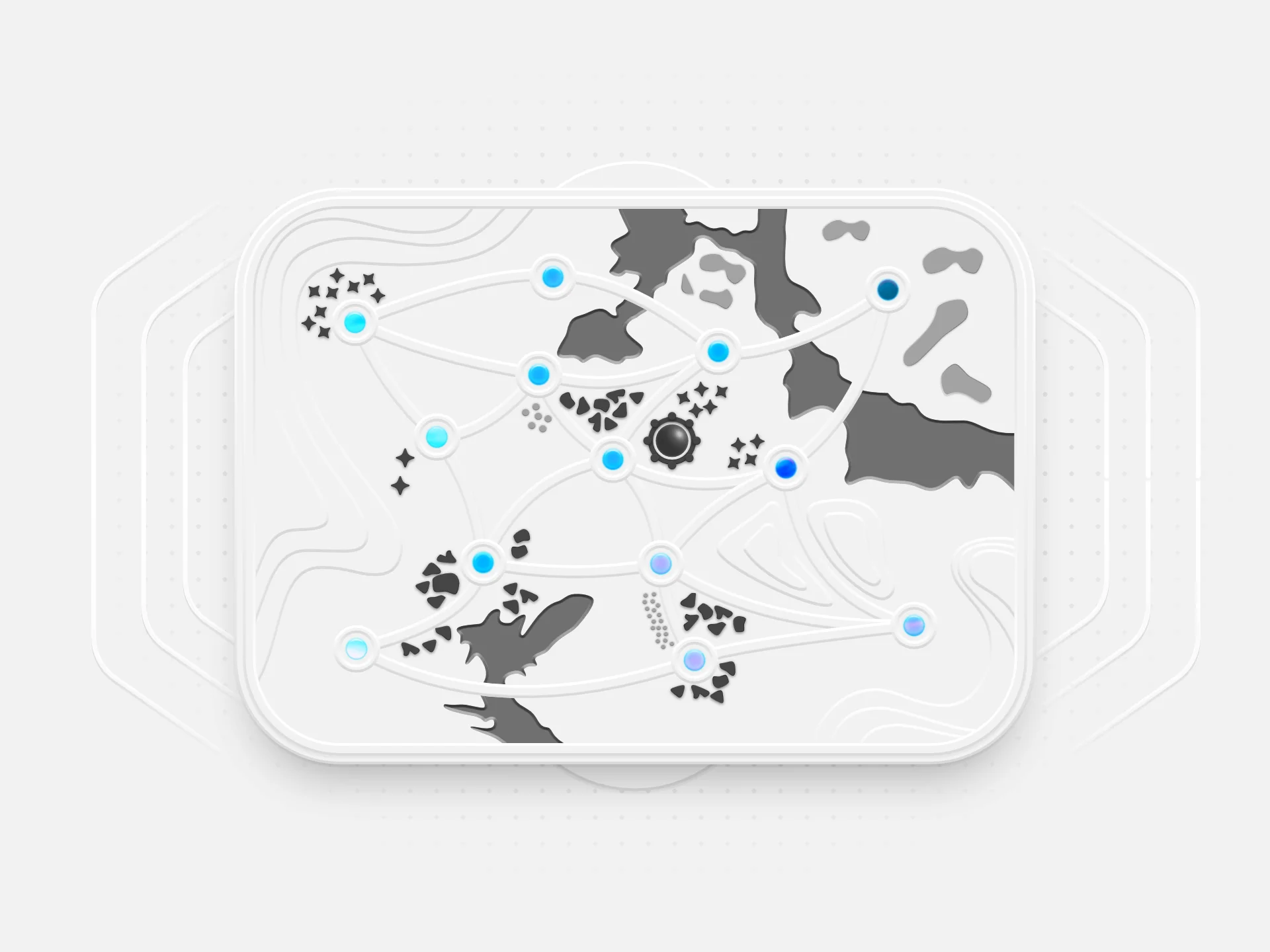
Introduction
Hello, hi. Today I will show you the project Across the Maldirach. A collaborative puzzle-adventure board game that asks two players to work together to navigate a dangerous world.
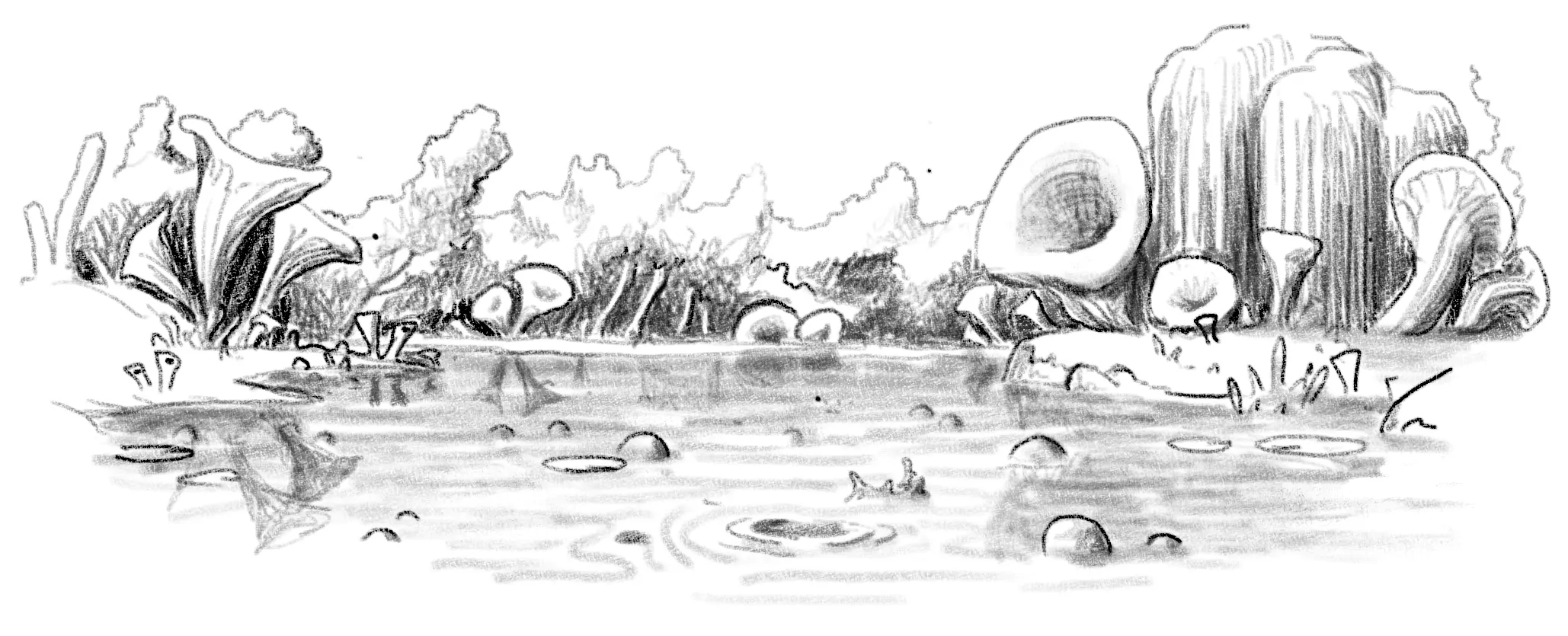
- A liminal traveler is lost in the Maldirach, a terrible forest between shadow and dream that no light can reach! They must use his sense of touch to analyze his surroundings and move his pawn from place to place to escape the forest.
- Their friend, who remained in our world, is a bookman who possesses ancient texts about Maldirach. They must analyze these grimoires, exchange with the other player, and draw parallels between the cryptic texts and the geography of the forest, with the help of their lost teammate!
This game was created as part of a week-long project exploring accessibility issues. The goal was to create an experience that would work equally well for a blind or visually impaired person as it would for a sighted person.
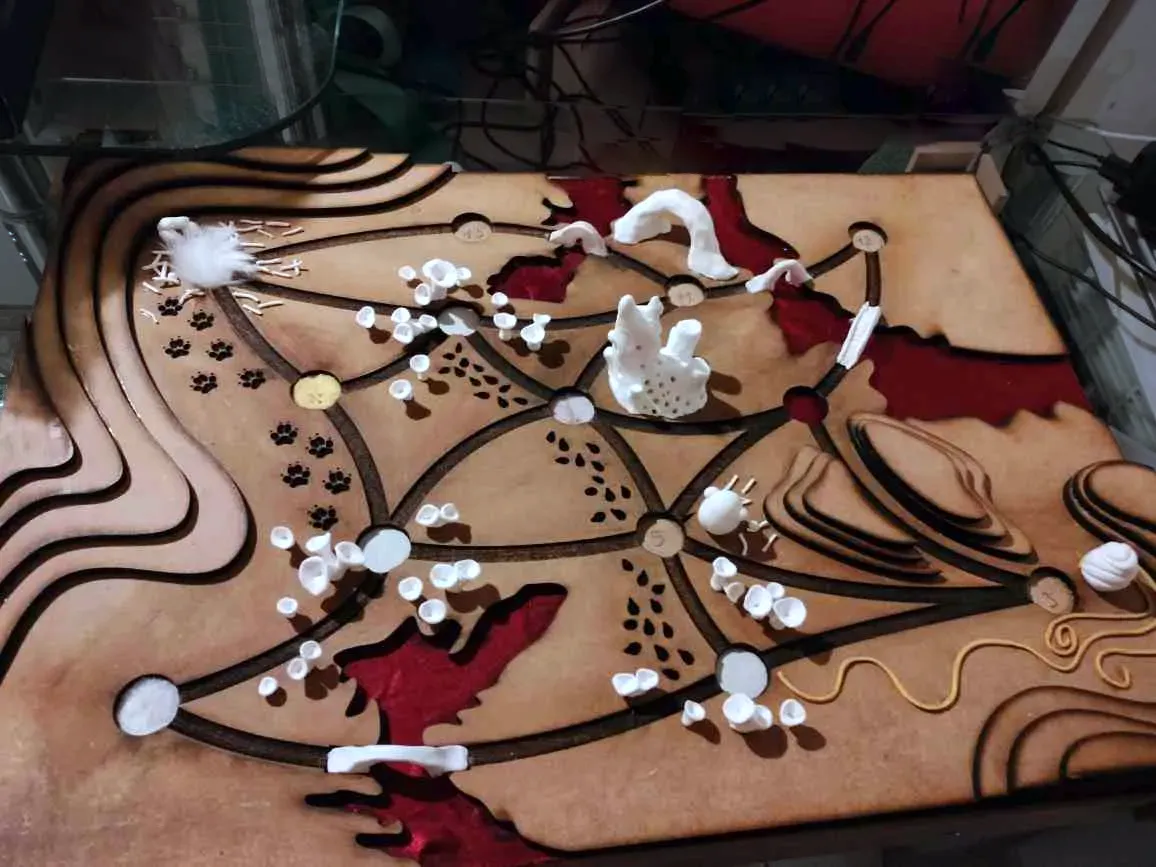
The project
This game was created as part of the “included and connected” workshop at CNAM-ENJMIN in September 2023. We were 6 on this project:
- Fae : Game design, voice acting, concept and construction of the board
- Paul CORET : Sound design
- Baptiste LALUE : Illustrations, voice acting, concept and construction of the board
- Jame FLOC’H LE CAROUR : Programming, electronics, voice acting
- Wilfried FOTSO NDEFO : Programming, electronics, voic acting
- Eris DESQUILBET : Project management, concept and construction of the board
In addition to the main tasks assigned, each person participated in the concept ideation and the creation and discussions regarding the accessibility issues of the project.
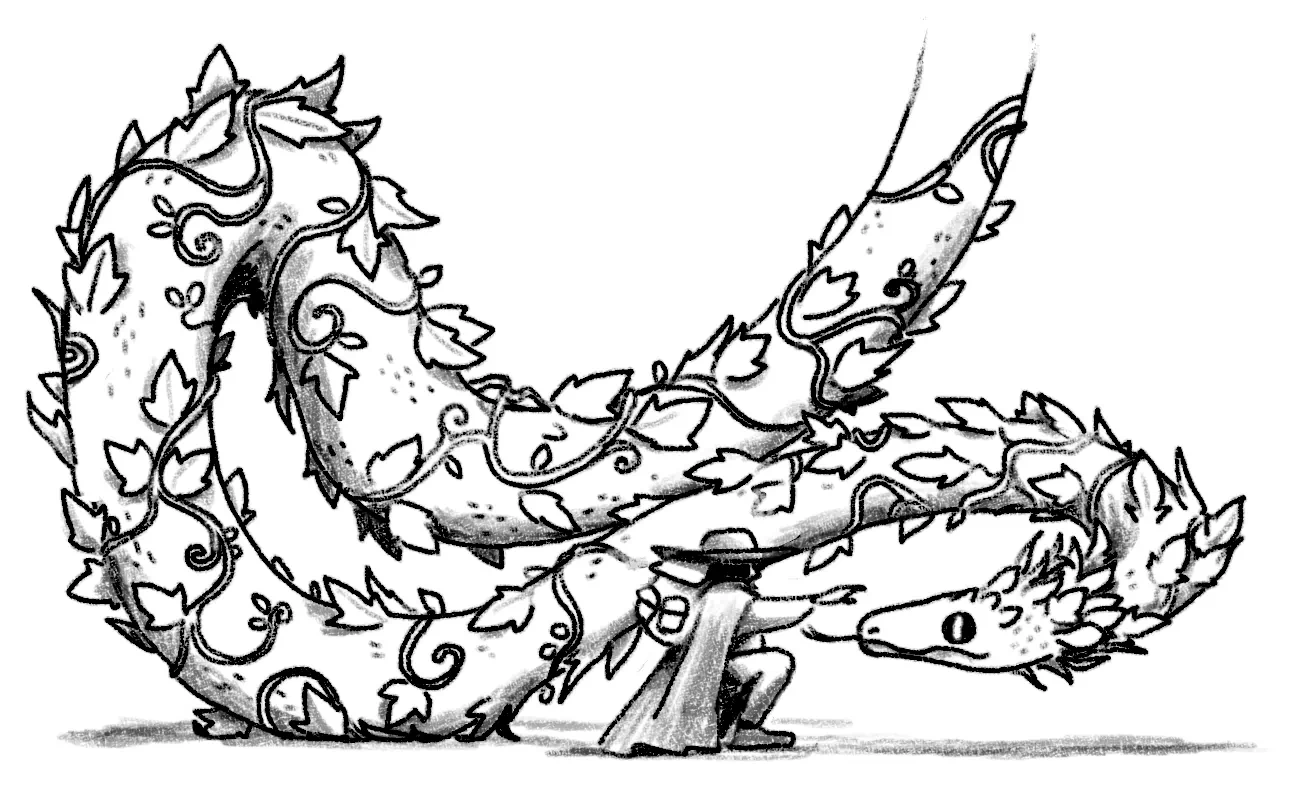
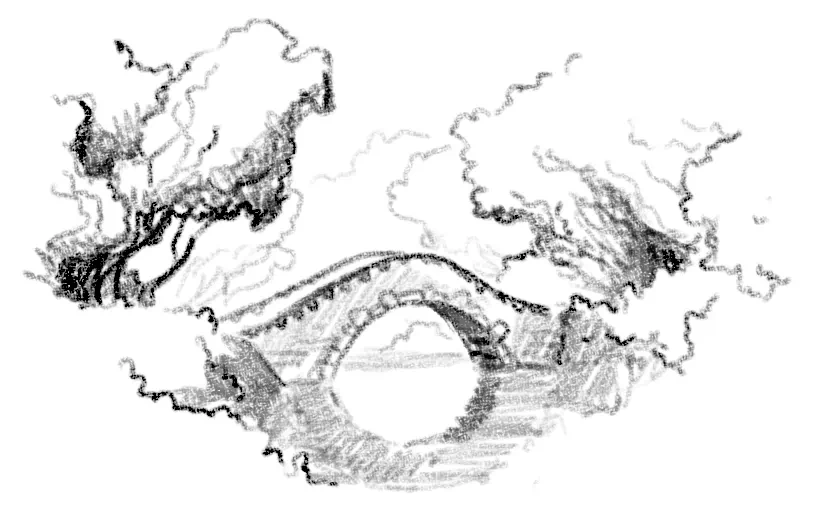
How it works
During a game, the blindfolded player moves around the board from square to square using a pawn. At each new space, new events occur that determine whether the adventure can continue. These events change the soundscape of the room.
To manage these changes in the state of the adventure, the game has two distinct technical parts, the board with electronic management and the digital part with game management and feedback.

Electronics in the board
The board was created using CNC-cut planks, and the scenery elements were 3D printed. The tiles were placed on the terrain and connected by paths carved into the wood.
To detect navigation, each square has a Hall effect switch. This is an electronic component that can open or close an electrical circuit if it is in a magnetic field. The game pawn has a magnet at its base that triggers the switches.
All switches are connected to an ESP32 which allows the various signals to be transformed into a format readable by the computer. Wilfried and I established a standard format for both systems. He handled the programming of the ESP32, and I took care of soldering the circuit.

Digital system
I handled the game management system and the audio framework on the project. My choice of technology was Unity Engine for several reasons.
- Fast C# scripting
- Easy to connect with an ESP32
- Very easy integration with FMOD
- Easiness for prototyping
Since the project was done in the Enjmin which is a video game development university, all the team had experience with Unity. Also, the engine’s integration with the FMOD library allowed our sound designer to work very efficiently and create rich soundscapes without requiring complex development.
The project contains three main scripts that each manage one aspect of the system. The first script receives information from the ESP32 via a serial port on a background thread and notifies the received information via anEvents. It performs temporal filtering of the signal to prevent electronic interference problems. For example, the game will not change state if a sensor is activated for less than a tenth of a second. The second script manages the game state. It manages which spaces are fatal, how long it takes, and how to restart the game. The last script manages game state communication with the FMOD library.

Results
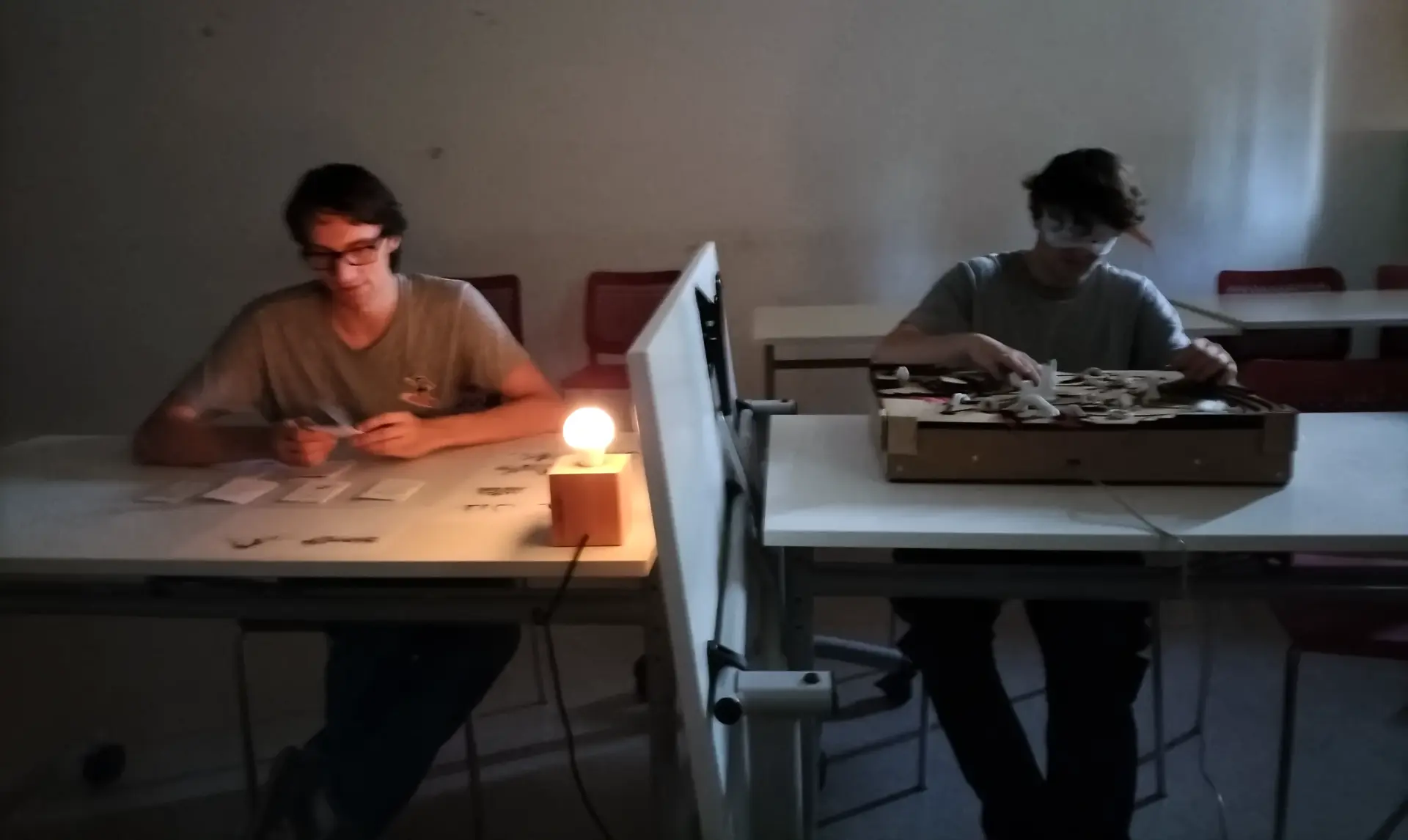
During the playtest, the players that tried the game enjoyed it a lot. The experience was very instructive, we learned a lot about the means of implementing playful and accessible systems.
On the technical side, Unity allowed us to prototype very quickly, even if the resulting software is less optimized than it could be. If I were to do a project like this again, I think starting with a simple console program with a DLL for FMOD would be more than enough and much lighter. Now that the project is finished, I think it probably wouldn’t have been that much harder to set it up that way.
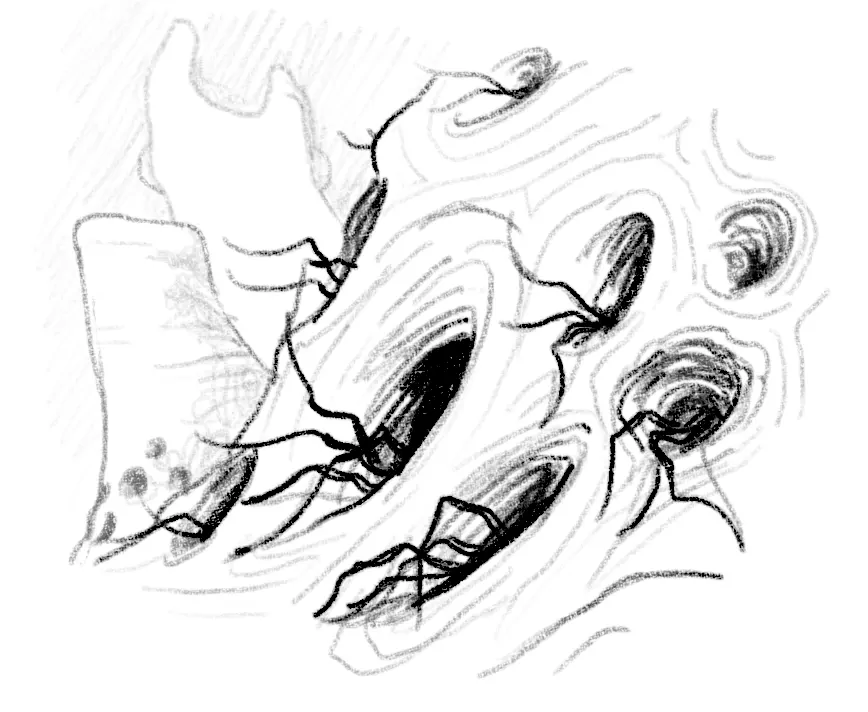
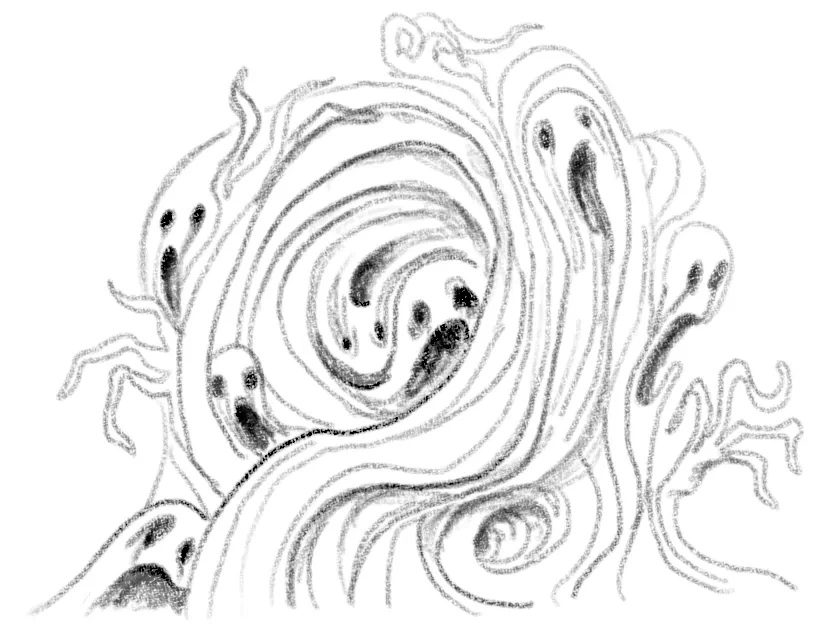
Complementary information about this project are available on itch.io.
Thank you for reading this far. I hope you found this article interesting. If you did, please feel free to share it or let me know what you think!